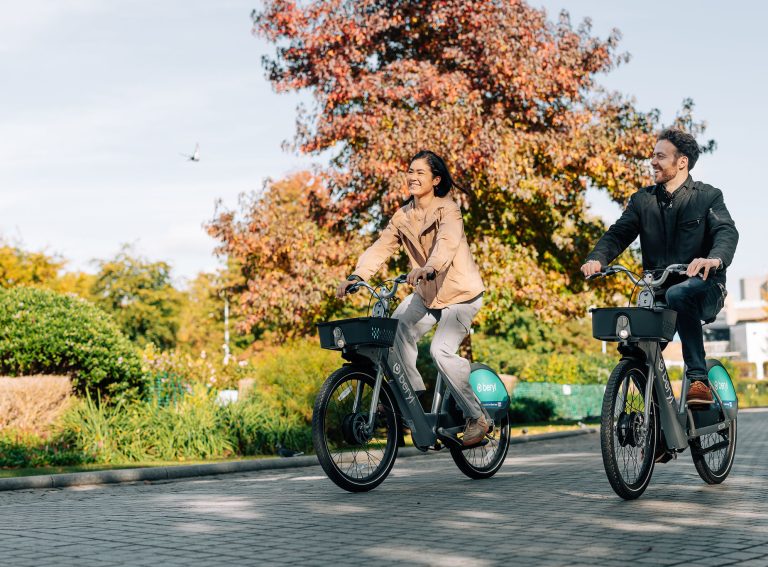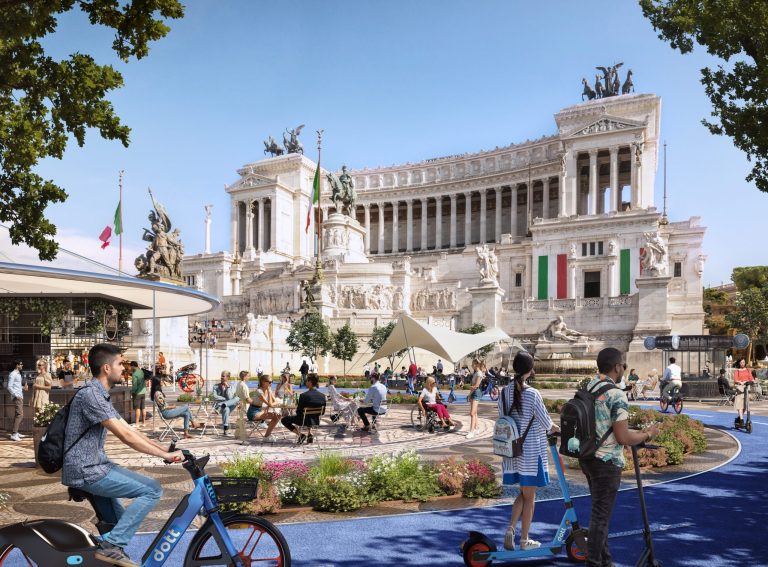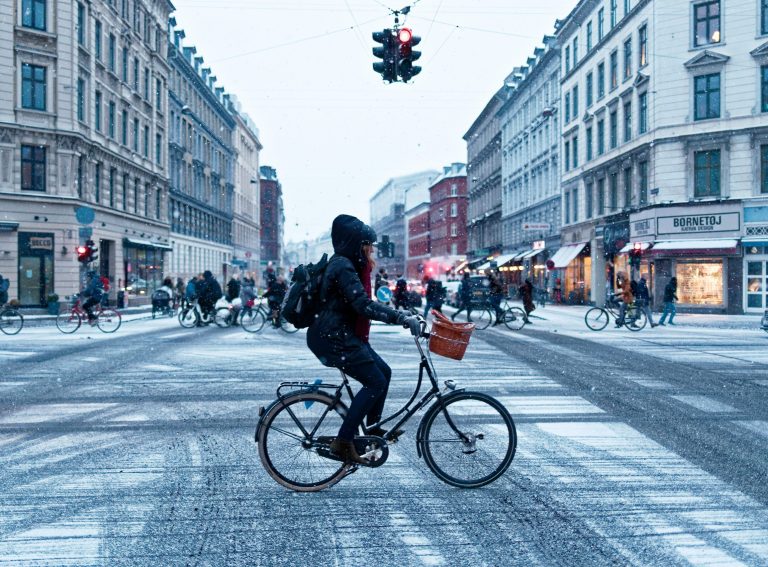Andrew Fleury, CEO & Co-Founder, Luna Systems
There is a tendency in our industry for Computer Vision to be equated with the tendering process. To view it in this way is to miss out on its rather limitless potential.
Computer Vision’s capability spans far wider than the current role it plays in our industry. It is a constantly evolving enabling technology, which continues to unearth fresh insights and with these, new areas of value that go far beyond keeping riders off the sidewalk.
As we well know, shared micromobility is probably one of the toughest, most competitive markets out there. Operators are caught between balancing financials and supporting city needs. Economic challenges aside, we do see a real desire to leverage this tech on a greater scale and as part of a foundational process that makes a genuine impact on safety. And, when used in this way, it can help solidify city relationships based on irrefutable data-driven safety performance.
When it comes to leveraging Computer Vision data to reduce errant rider behaviour, it is our view that no two sidewalk riding events are created equal. A risk profile needs to take a wider view on two additional crucial data points – the number of pedestrians in the path of the vehicle as well as the speed of the vehicle. Armed with the full risk profile of each event, as well as visual confirmation, operators can confidently approach a rider with mitigation that reflects the severity of the specific event. Whether this is a simple warning, or penalty, the operator can engage in a way which minimises customer friction.
On a second, greater impact level, the mapping of rider behaviour data is already helping cities gain a deeper understanding of the kind of infrastructure amendments required to accommodate both shared and consumer micromobility vehicles as we move towards a car-less future.
When used in these ways, Computer Vision empowers operators to walk the line of maintaining and growing a responsible ridership base, while bolstering their city relationships with a data-driven safety performance process.
How else can Computer Vision support the bottom line?
In this tough economic environment, when operators are striving to secure more permanent homes in each market, operators need to ask themselves: what else can Computer Vision bring to the table? Those who are thinking about their longer-term position in cities are already beginning to map out how they can provide additional areas of value.
Enabling technologies like Computer Vision will be central to this.
Smart City Vision Data
“Computer Vision enables the derivation of data from videos and images” – a simple definition, but one that reminds us of its limitless potential in a smart city context. Each morning, as our team sits down to review sample rides on our platform, we are reminded of this potential. It can be trained to accommodate an incredibly broad range of smart city data needs and leveraging fleets as crowd-sourced vision data units can unlock massive value for operators to fortify their city relationships. To date, the vast majority of data a city receives from an operator relies on GPS and other forms of heterogeneous data. Vision data provides irrefutable, fully reliable data that can be applied to virtually any use case.
If we think of some of the more typical use cases for Computer Vision in a city, we see that these often rely on fixed infrastructure – take AI-powered traffic cams for example. This kind of technology provides crucial, dynamic information to inform the wider transport ecosystem – however, from their fixed position, they only provide part of the picture. As they travel around the city, however, shared scooters and bikes provide a far more nimble means of data collection.
From a more holistic mobility standpoint this can include real-time traffic flow analysis to dynamically optimise public transport schemes, but also support on accident detection, bike lanes blockages, road surface mapping as well as broader infrastructure management.
Additional applications can include areas like crowd and security surveillance, or even environment management, while from a commercial and advertising standpoint, Computer Vision data can be leveraged to help cities and businesses gain greater insight on key value points, such as retail behaviour and footfall.
This list is in no way exhaustive. Whatever the use case, each scooter can relay data that feeds into and supports a broader city ecosystem need.
Of course, when we think about such use cases data privacy is of key concern. At Luna, we built privacy by design. From our inception a key motivation for us was to ensure that road user data be protected, therefore key features like licence plate and facial blurring will always be a core part of our technology.
It seems an industry consensus that in the short term, the operators who thrive will be those who are lean and profitable, but as we look into the future, what will the city-operator relationship look like? In our view, the ability to aggregate/accumulate new services and expand on value proposition will rely heavily on a strong foundation of enabling technologies, which can seamlessly facilitate new data needs and fortify the operator-city relationship.
The future is software, not hardware focussed and it’s nearer than we think.











